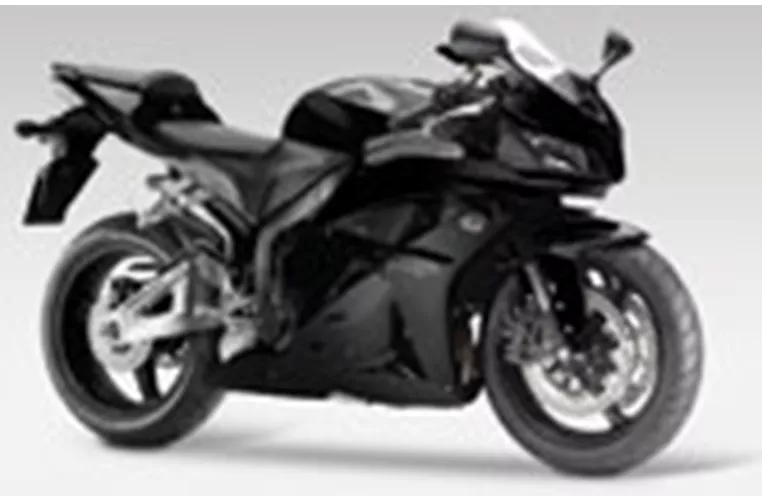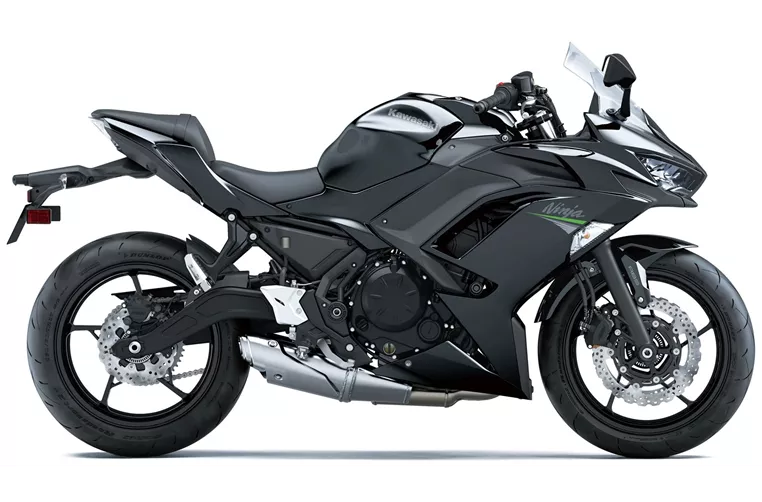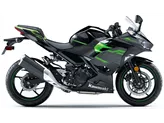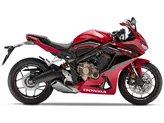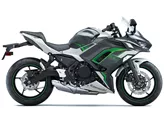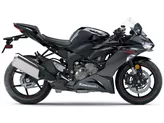Honda CBR600RR 2011 vs. Kawasaki Ninja 650 2020

Honda CBR600RR 2011
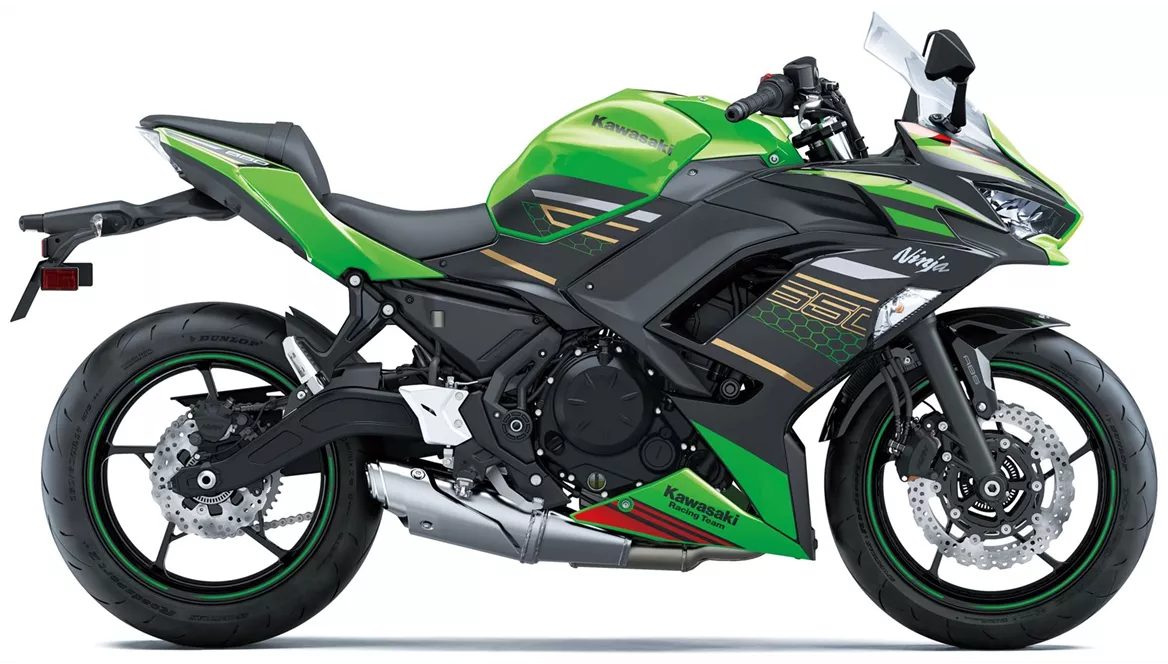
Kawasaki Ninja 650 2020
Pregled - Honda CBR600RR 2011 vs Kawasaki Ninja 650 2020
The Honda CBR 600 RR model year 2011 and the Kawasaki Ninja 650 model year 2020 are both popular choices in the supersport motorcycle category. While they have some similarities, there are also notable differences between the two models.
Starting with the technical specifications, both motorcycles have an inline engine type and four valves per cylinder. However, the Honda CBR 600 RR has a smaller displacement of 599cc compared to the Kawasaki Ninja 650's 649cc. The Honda CBR 600 RR also has a higher engine power of 120 HP, while the Kawasaki Ninja 650 has a slightly lower engine power of 68.2 HP. In terms of torque, the Honda CBR 600 RR offers 66 Nm, while the Kawasaki Ninja 650 provides 65.7 Nm.
When it comes to the chassis, the Honda CBR 600 RR features an aluminum frame with a twin-tube design, while the Kawasaki Ninja 650 has a steel frame with a tubular design. The Honda CBR 600 RR's frame is known for its rigidity and lightweight construction, contributing to its razor-sharp handling. On the other hand, the Kawasaki Ninja 650's frame offers stability and durability.

Honda CBR600RR 2011
In terms of suspension, the Honda CBR 600 RR is equipped with an upside-down telescopic fork at the front, providing excellent control and responsiveness. The Kawasaki Ninja 650, on the other hand, features a telescopic fork at the front, offering a comfortable ride. Both motorcycles have double disk brakes at the front, ensuring reliable stopping power.
When it comes to dimensions and weights, the Honda CBR 600 RR has a wheelbase of 1375 mm and a seat height of 820 mm. It also has a fuel tank capacity of 18 liters. On the other hand, the Kawasaki Ninja 650 has a slightly longer wheelbase of 1410 mm and a lower seat height of 790 mm. It has a fuel tank capacity of 15 liters.
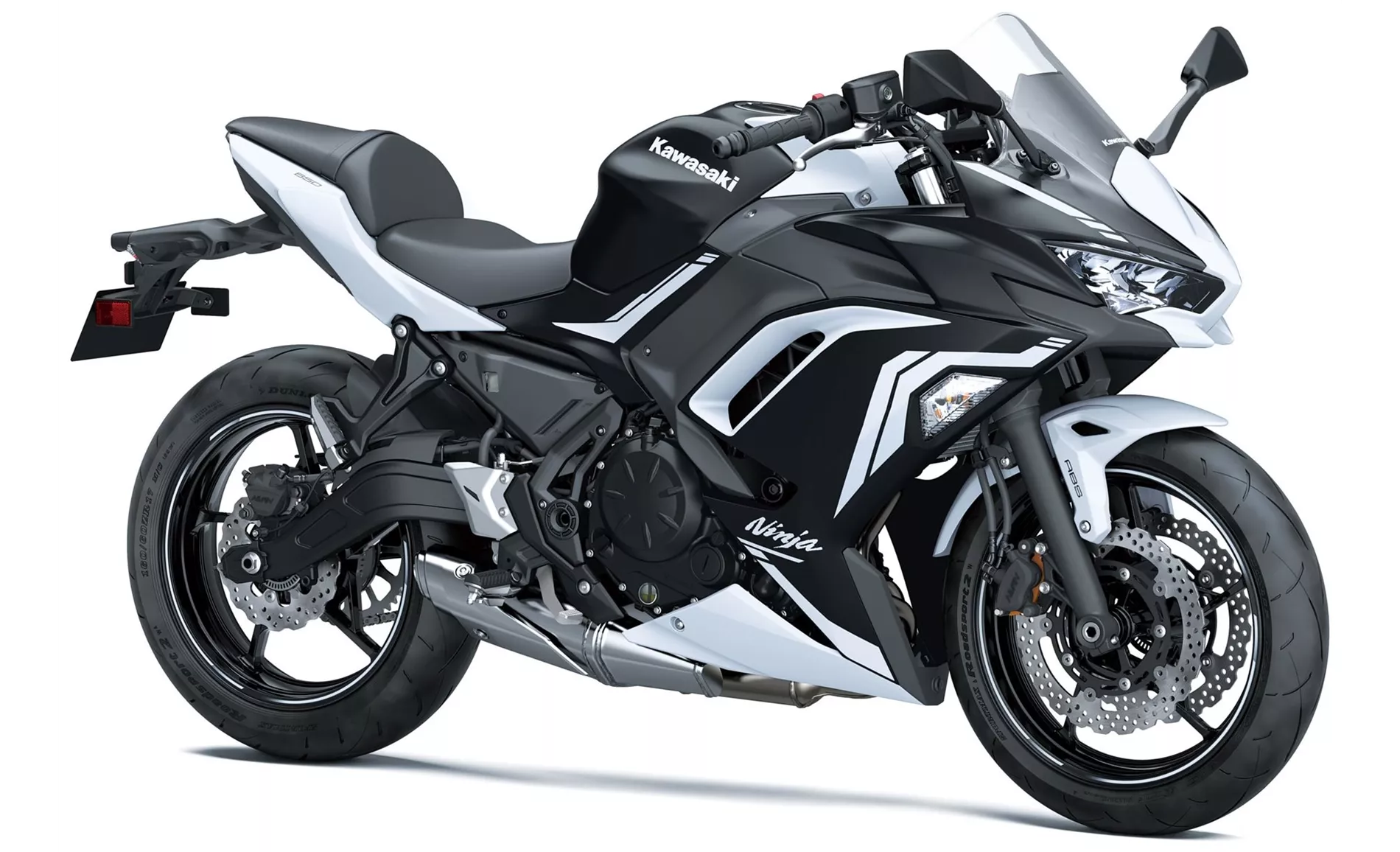
Kawasaki Ninja 650 2020
Now let's discuss the strengths and weaknesses of each motorcycle. The Honda CBR 600 RR 2011 is known for its incredibly low dry weight, which contributes to its agility and nimble handling. It also features the first sport ABS, enhancing its braking performance. However, it has weaknesses in the low rev range and a sporty but extremely uncomfortable seating position.
On the other hand, the Kawasaki Ninja 650 2020 has several strengths. It is one of the last motorcycles in its class to offer a powerful two-cylinder engine, providing a thrilling riding experience. It also has a comfortable seat suitable for touring, making it a versatile option. The Kawasaki Ninja 650 has compact dimensions and a beginner-friendly seat height, making it accessible to riders of all experience levels. It also features a stable chassis and a TFT display with connectivity, adding to its modern appeal. However, it may not be suitable for taller riders due to its overall dainty size, and the front brake pressure point may not be to everyone's liking. Additionally, it may have limited suitability for touring with two people due to its smaller fuel tank capacity.
In conclusion, both the Honda CBR 600 RR 2011 and the Kawasaki Ninja 650 2020 have their own unique strengths and weaknesses. The Honda CBR 600 RR offers exceptional handling and a sporty ABS system, while the Kawasaki Ninja 650 provides a powerful engine and comfortable touring capabilities. Ultimately, the choice between the two models will depend on the rider's preferences and intended use of the motorcycle.
Tehničke specifikacije Honda CBR600RR 2011 u odnosu na Kawasaki Ninja 650 2020
Prednosti i nedostaci u odnosu na
Prednosti i nedostaci u odnosu na
Honda CBR600RR 2011
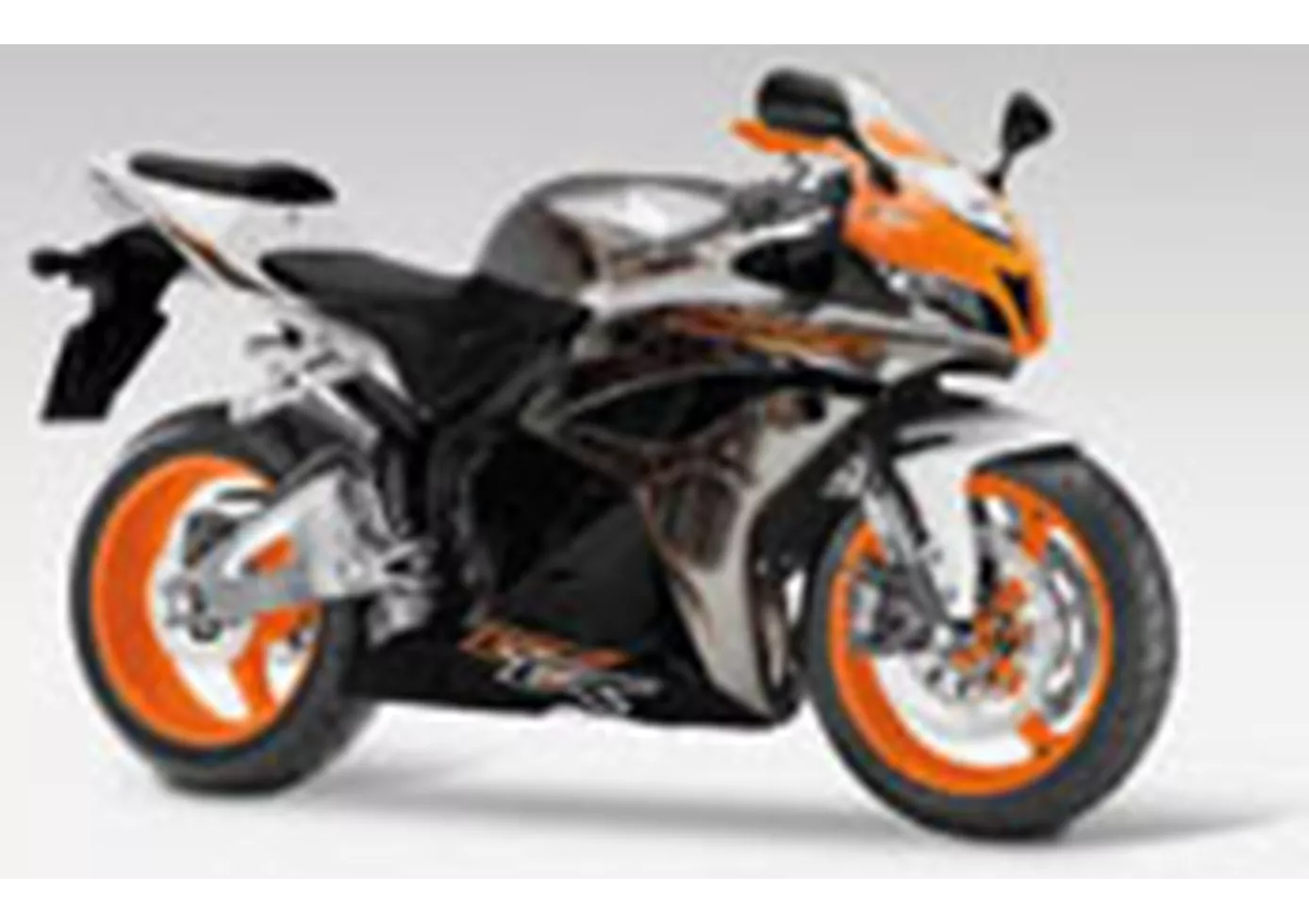
First and foremost, you have to let them run. Minimal impulses are enough to initiate a change of direction; every action requires the slightest effort. Otherwise, only light motorbikes are so playful. Only the revs must never drop, otherwise you have lost your chance to be the first to cross the finish line.
Kawasaki Ninja 650 2020
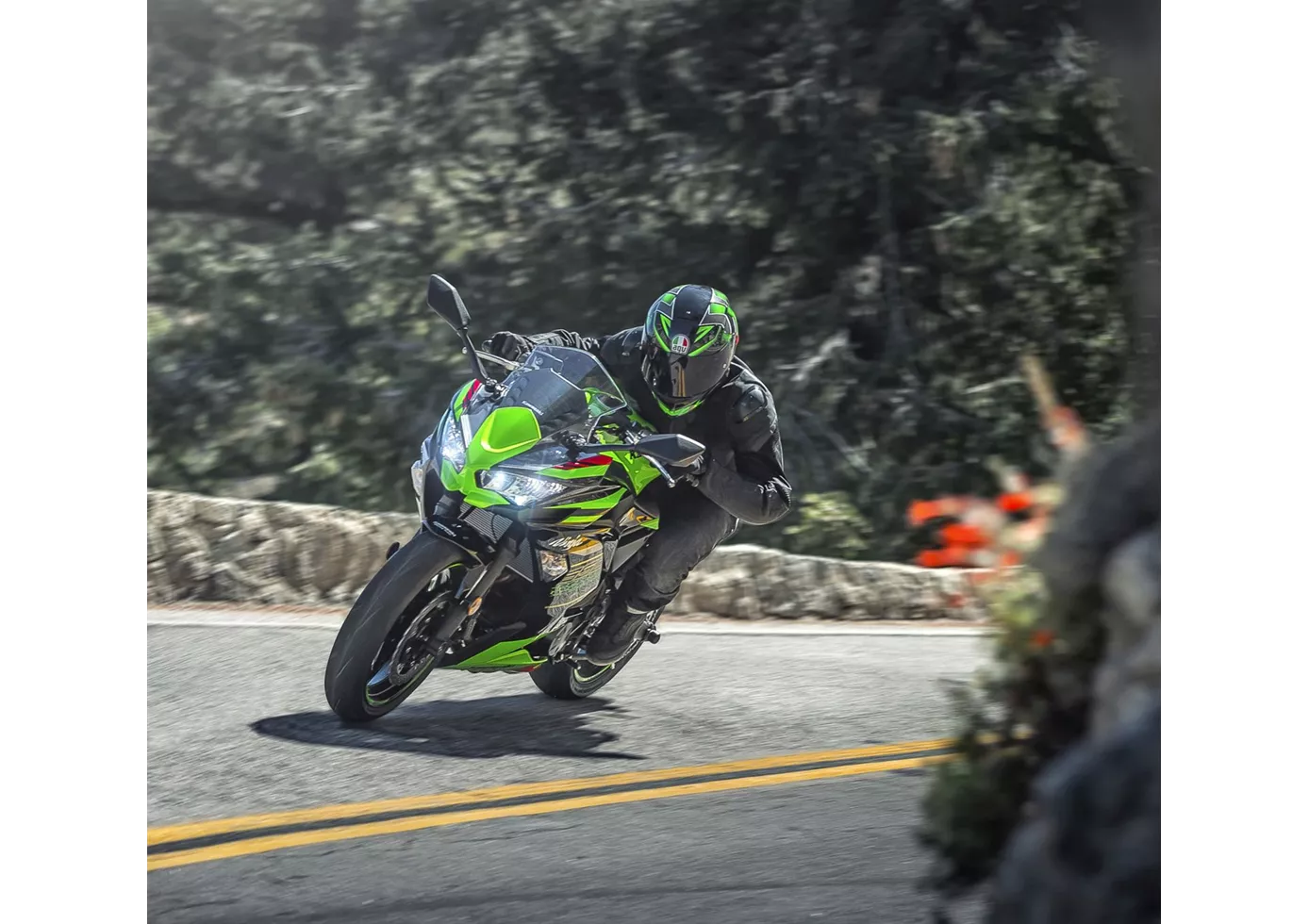
Save the sport tourer! With the Ninja 650, Kawasaki has created an exemplary representative of this class and (hopefully) solved the problem of the new generation. The stable chassis and the decent two-cylinder will delight beginners and advanced riders alike, even at a brisker pace. The front brake is a little too well intentioned, lacking a transparent pressure point despite basically good braking performance. Another plus is the TFT display, which we don't find in the competition at the moment, as well as the grown-up look, which is strongly oriented towards the larger Ninja models.
Usporedba cijena Prosječna tržišna cijena Honda CBR600RR vs Kawasaki Ninja 650
There are a few key differences between a Honda CBR 600 RR 2011 and a Kawasaki Ninja 650 2020. It takes less time to sell a Kawasaki Ninja 650 with 75 days compared to 78 days for the Honda CBR 600 RR. Since model year 2005 1000PS.de editors have written 68 reviews for the Honda CBR 600 RR and 20 reviews for the Kawasaki Ninja 650 since model year 2017. The first review for the Honda CBR 600 RR was published on 12/8/2004 and now has more than 27,900 views. This compares to more than 79,600 views for the first review on Kawasaki Ninja 650 published on 10/4/2016.
